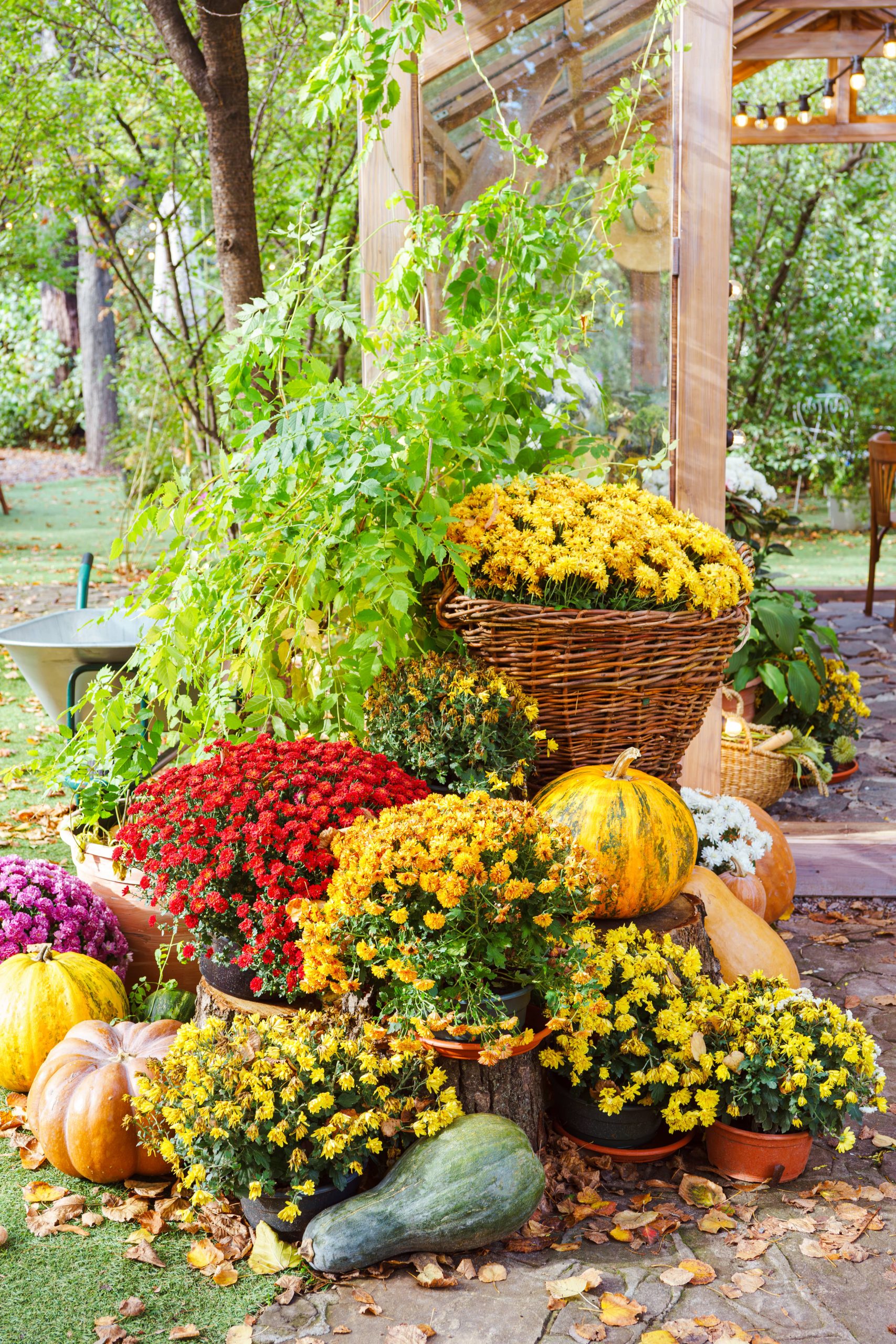
As the seasons shift, so too do the requirements for managing and organizing our spaces. With the arrival of autumn, winter, spring, or summer, comes a refreshing opportunity to reorganize both our homes and gardens. One of the most practical approaches to managing these seasonal changes is rotating your seasonal items, particularly in your closet and storage areas. Properly managing these transitions can make your life easier, create more space, and prolong the lifespan of your belongings. Let’s delve into the best strategies for seamlessly rotating seasonal items in your closet and storage.
The Importance of Seasonal Rotation
Before we delve into the how-tos, let’s talk about why seasonal rotation is so important. Rotating your wardrobe and storage items not only keeps your spaces organized but also ensures that the items you need are more accessible. It also provides an opportunity to declutter, as you can assess which items you truly need or cherish. Seasonal rotation can also protect your clothing and items from damage, like moths in the summer or mustiness in the winter, by appropriately storing what isn’t in use.
Step 1: Assess and Sort
The first essential step in rotating your seasonal items is to assess what you have. Begin with your closet. Take everything out and lay it on your bed or a clean surface. Sort items into categories: keep, donate, sell, and discard. Be honest with yourself. If you haven’t worn a piece of clothing in the last year, chances are, you won’t miss it. Apply the same principles to your storage areas. Go through all boxes and bins, and sort out seasonal decorations, blankets, or other stored items.
Step 2: Clean and Organize
Once you’ve sorted through your items, it’s crucial to clean them before storing them away. Wash or dry-clean clothing to prevent odors and stains from setting. Vacuum out storage bins and closets to remove dust and dirt. For items like winter coats and wool sweaters, consider using garment bags or bins with airtight lids to protect them from pests like moths.
For areas with high humidity, such as basements, consider using silica gel packs or dehumidifiers to keep moisture at bay, preventing mold and mildew. Similarly, cedar blocks and lavender sachets can be added to storage areas for their natural moth repellent properties.
Step 3: Invest in Quality Storage Solutions
Quality storage solutions can make a world of difference. Invest in sturdy, stackable bins to maximize space. Clear bins allow you to easily see what’s inside without rummaging through each one, saving time and maintaining order.
For clothing, consider utilizing space-saving solutions like vacuum-sealed bags, which are perfect for bulky items like winter jackets and sweaters. Over-the-door organizers and under-bed storage are also excellent options for limited spaces.
Step 4: Create a Dedicated Space for Seasonal Items
If possible, designate a specific area for each season’s items. This could be a particular closet, corner in the basement, or attic space. Label each bin or box with its contents and season to make retrieval easier. Keeping all like-items together makes the transition from one season to the next smoother and more systematic.
Step 5: Rotate Seasonally and Make It a Habit
Make seasonal rotation a habit by setting a regular schedule. The change of seasons – winter to spring, spring to summer, summer to fall, and fall to winter – can serve as your cue for the swap. Involve the whole family to make the process quicker and maybe even enjoyable.
As you rotate, take this time to revisit the keep, donate, sell, or discard sorting process. Seasonal rotation is an excellent opportunity for continuous decluttering, ensuring you’re only keeping items that serve a purpose.
Step 6: Prepare for Next Season
As you store away items, don’t just pack them up and forget about them. Consider what repairs, washing, or other preparations the items might need. Note these tasks somewhere visible, perhaps on an app or a calendar reminder so that you can get them ready without rushing when their season comes around again.
Step 7: Incorporate Seasonal Decor into Living Spaces
Rotating seasonal items isn’t confined to your closet alone. Consider extending this practice into your living spaces with seasonal decor. For instance, as spring blossoms, switch out heavier throws and pillows for lighter, brighter options, or place vibrant plants and flowers that reflect the blooming gardens outside.
For fall, warmer tones, cozy blankets, and earthy-scented candles can transform your home ambiance. Make these adjustments part of your rotation routine to keep your living environment aligned with the season.
Conclusion
Rotating seasonal items in your closet and storage isn’t just about organization; it’s about creating a life that adapts seamlessly with the changing seasons. By investing time into these organizational practices, you not only enhance your home’s appeal and functionality but also make room to appreciate and savor each season as it arrives. As a “Home & Garden” enthusiast, cultivating a living space that reflects the time of year completes the cycle, bridging the gap between your interior sanctuary and the world outside your door. This seasonal dance of decluttering, storing, and preparing is a leap toward a harmonious home all year round.







